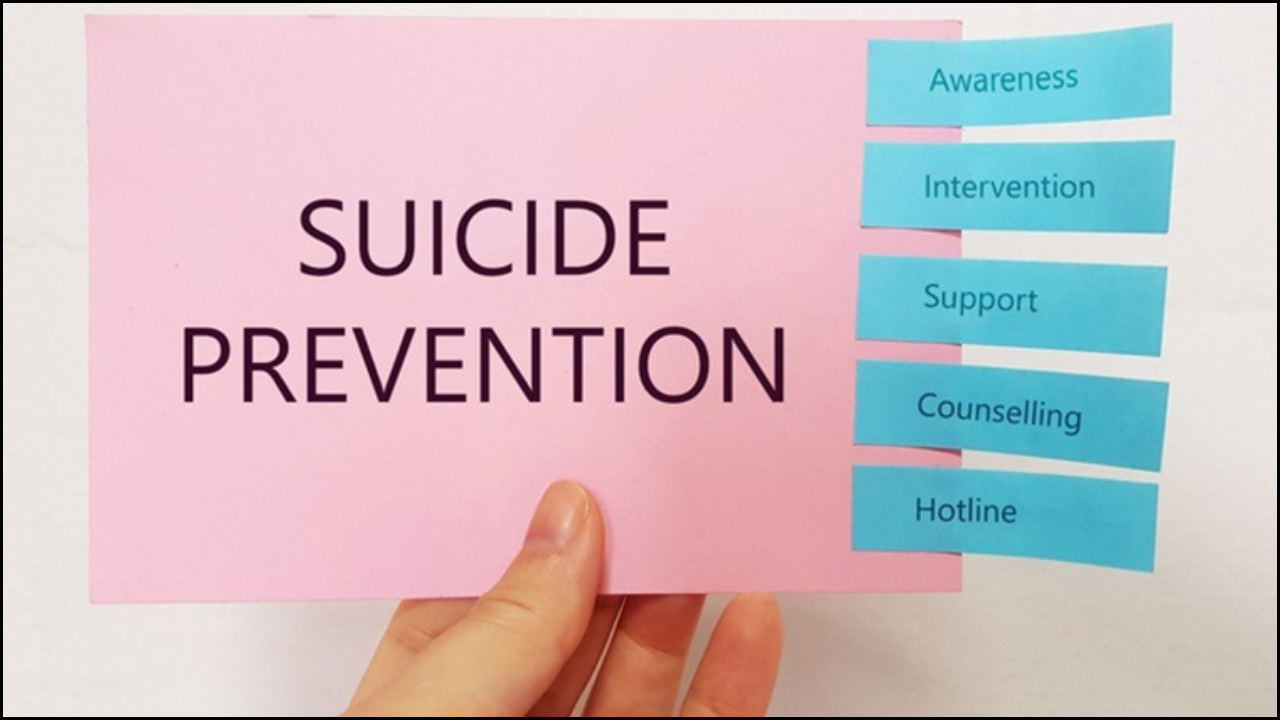
Postvention forms a critical part of suicide prevention by addressing the needs of individuals and communities affected by a suicide loss. Service CC emphasizes that supporting survivors, friends, family members, and community members after such events is essential for emotional healing, resilience, and prevention of further crises. Timely intervention, counseling, and community engagement help mitigate grief, reduce stigma, and create a supportive environment where people can process their loss safely.
Table of Contents
Understanding Postvention
- Definition: Postvention refers to the strategies, programs, and support systems implemented after a suicide to assist those affected.
- Objective: Reduce the emotional and psychological impact of a suicide on survivors, family, and community members.
- Importance: Prevents complicated grief, reduces risk of contagion, and promotes recovery through structured support.
- Community Focus: Recognizes that suicide affects more than the immediate family, including schools, workplaces, and social networks.
Immediate Support Strategies
Service CC provides structured interventions immediately following a suicide loss:
- Crisis Counseling: Professionals provide emotional support and stabilization to grieving individuals.
- Safe Spaces: Confidential and supportive environments for survivors to share feelings.
- Practical Assistance: Guidance on legal, financial, and administrative matters following a loss.
- Information Sharing: Educating communities about typical grief reactions and healthy coping mechanisms.
Structured Postvention Programs
- Survivor Support Groups: Peer-led or professional-led sessions where survivors share experiences and strategies for coping.
- Family Counseling: Targeted support for family members to navigate grief, maintain communication, and manage emotional distress.
- Community Workshops: Education for schools, workplaces, and local organizations about post-suicide support, stigma reduction, and prevention of further crises.
- Memorial Planning Guidance: Assistance in organizing respectful and therapeutic remembrance activities.
Overview: Service CC Postvention Programs
| Program | Purpose | Target Audience | Delivery Mode | Frequency |
|---|---|---|---|---|
| Survivor Support Groups | Peer support & shared coping strategies | Individuals affected by suicide | In-person & Online | Weekly |
| Family Counseling | Emotional processing & conflict resolution | Family members | In-person & Virtual | As Needed |
| Community Workshops | Awareness & grief management | Schools, workplaces, and community groups | In-person | Quarterly |
| Crisis Counseling | Immediate emotional support | All survivors | 24/7 Phone & Virtual | Continuous |
| Memorial Planning Assistance | Safe and therapeutic remembrance | Families & Communities | In-person | As Needed |
Addressing Emotional and Mental Health Needs
- Validation of Grief: Acknowledging feelings of sadness, guilt, anger, or confusion.
- Preventing Complicated Grief: Structured support reduces the risk of prolonged or severe grief reactions.
- Suicide Contagion Prevention: Education and counseling minimize the risk of additional suicides in vulnerable populations.
- Empowering Coping Skills: Teaching strategies for emotional regulation, communication, and self-care.
Community Engagement and Healing
Service CC emphasizes the role of community in postvention:
- Peer Connections: Linking survivors with others who have experienced similar losses.
- Local Organization Collaboration: Working with schools, faith groups, and workplaces to provide comprehensive support.
- Public Awareness Campaigns: Promoting understanding, reducing stigma, and encouraging help-seeking behavior.
- Resource Accessibility: Ensuring access to mental health professionals, educational materials, and emergency contacts.
Practical Tips for Supporting Survivors
- Listen Without Judgment: Offer empathy and validate their emotions.
- Encourage Professional Help: Suggest counseling, support groups, and helplines.
- Avoid Blame: Focus on care and understanding rather than why the loss occurred.
- Maintain Communication: Regular check-ins show ongoing care and support.
- Respect Privacy: Allow survivors to process grief at their own pace.
Overview: Key Tips for Community Support
| Action | Purpose | Recommended For |
|---|---|---|
| Active Listening | Builds trust and validation | Family, friends, coworkers |
| Referral to Professionals | Ensures proper mental health support | Survivors and at-risk individuals |
| Community Education | Reduces stigma and misinformation | Schools, workplaces, local groups |
| Peer Support Facilitation | Encourages shared experiences | Survivor groups |
| Regular Check-Ins | Provides ongoing emotional stability | Families and friends |
Benefits of Service CC Postvention Programs
- Emotional Recovery: Helps survivors process grief in a structured and supportive environment.
- Resilience Building: Strengthens coping strategies and community networks.
- Prevention of Further Losses: Reduces the risk of suicide contagion.
- Enhanced Awareness: Promotes understanding of mental health and grief processes.
- Long-Term Support: Offers continuous follow-up and access to counseling resources.
The Bottom Line
Community support forms the backbone of effective postvention. Service CC’s structured programs, educational resources, and compassionate counseling help survivors navigate grief, reduce the risk of further crises, and rebuild a sense of stability and hope. By engaging families, peers, and local organizations, postvention strategies not only support emotional recovery but also strengthen communities, promote mental health awareness, and honor the memory of those lost to suicide.





